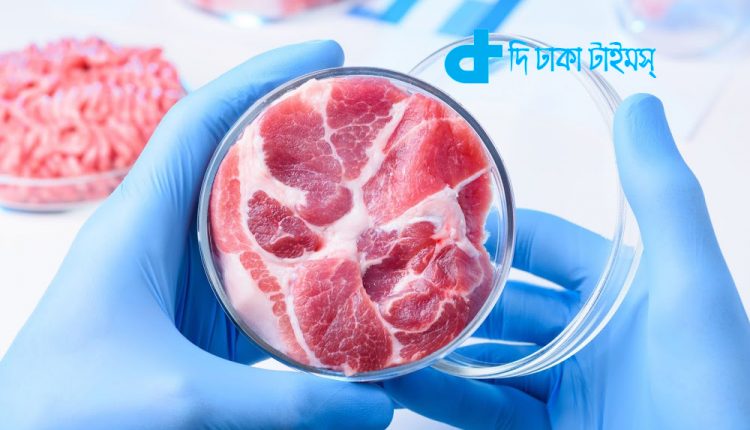The Dhaka Times Desk The story of making meat from animal cells is no longer the stuff of science fiction. A Russian astronaut has completed an experiment to create artificial meat from cells on the International Space Station.

The story of making meat from animal cells is no longer the stuff of science fiction. A Russian astronaut has completed an experiment to create artificial meat from cells on the International Space Station.
Research has now progressed to the point where it is 'just a matter of time' before cell-derived meat hits the supermarket.
Researchers used 3-D printers to produce beef and rabbit meat and fish tissue on the space station last September!
This innovation is essential for long-duration missions such as long-duration travel and long-duration missions to space. Aleph Farms, an Israeli food producer, supplies the animals to the space station.
Alef Farm CEO Didier Taubia said, 'Our aim is to sell this meat globally.' This concept would not be an alternative to conventional agricultural farms, but would be a good alternative to dairy farms.
According to media reports, Dutch scientist Mark Post was the first in space to create stem cells shaped like beef burgers in 2013. At present, due to the high cost of production, efforts are being made to develop technology to sell at a more affordable price.
California-based Just Company CEO Jose Titrick said at a press conference in San Francisco that artificial meat could be on the market this year. This meat will be supplied not only to four thousand Walmarts or all McDonald's, but to a large number of restaurants.
However, Nia Gupta, the founder and CEO of Fork & Gooddy, disagreed about getting this artificial meat in the market soon. He said that, 'Though we take this kind of industry as a benefit of the progress of science, but the technical issue is also a challenge for further development. It is thought that it could take 5 to 20 years for this type of artificial meat to reach the supermarket. Experts also feel that more investment is needed in this sector. In 2018, the total investment in this sector was only 73 million US dollars.


